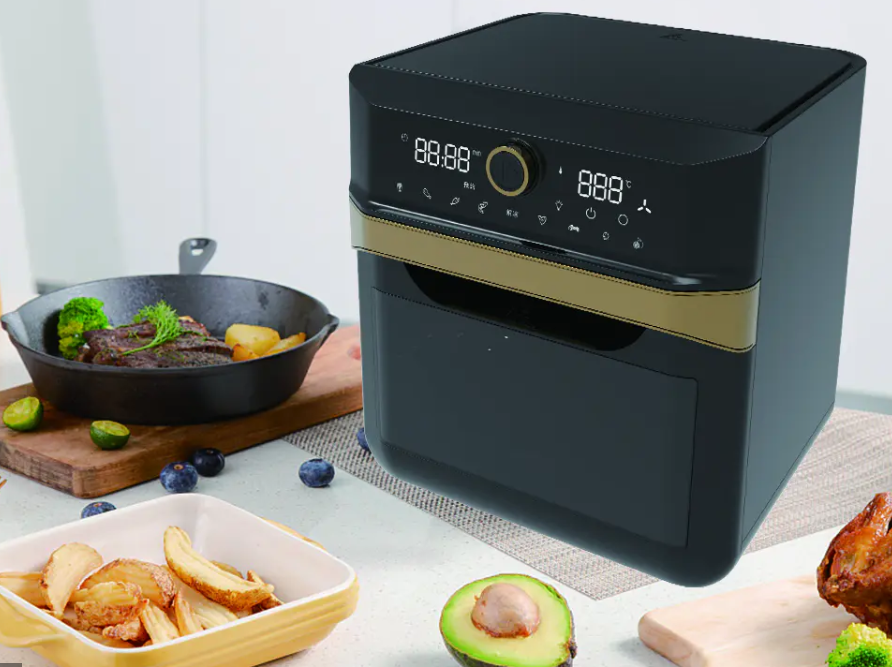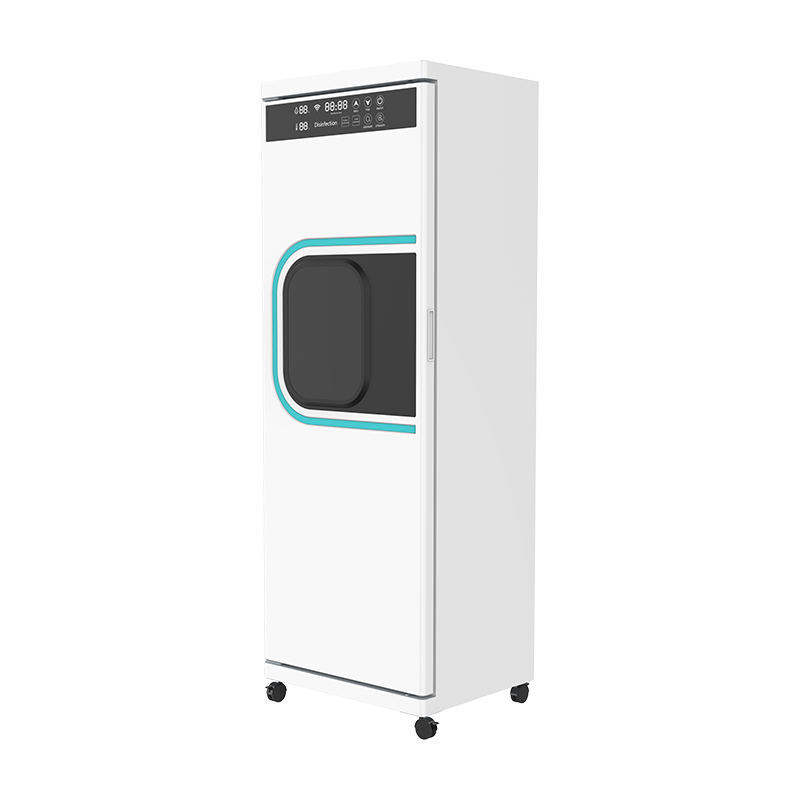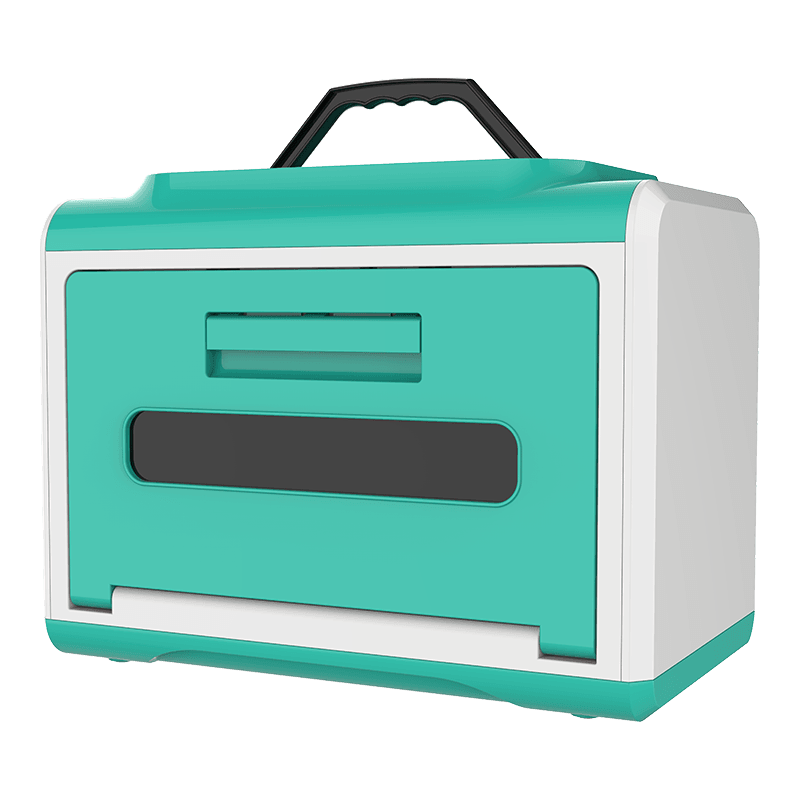Content
1. Reduce air fryer fumes at the source: Select and pre-treat ingredients
This is the most effective step, as grease is the primary source of fumes.
Choose low-fat ingredients: Prioritize ingredients with a low inherent fat content, such as chicken breast, lean meat, vegetables, potatoes (pre-treat required), and tofu.
Remove excess fat:
Meat: Remove visible fat and skin. For example, when cooking chicken wings, partially remove the skin to reduce excess fat.
Pre-cook and blanch: For meats with a high fat content (such as pork belly and sausage), cook or blanch them in water to remove some of the fat before adding them to the air fryer.
Drain surface moisture: Excessive moisture on the surface of ingredients can exacerbate splattering when exposed to high temperatures, resulting in a lot of smoke. Thoroughly dry the surface of the ingredients with paper towels before cooking.
Use less oil when marinating: When marinating meat, avoid using too much cooking oil. Air fryers use hot air to draw out the fat inherent in the food, so there's no need to apply a heavy coat of oil to prevent sticking, as is required in ovens. Use the ingredients' own fat.

2. Cooking Tips
No need to preheat, or preheat correctly: Many air fryers don't require preheating. If you do, don't preheat for too long (usually 3 minutes is sufficient). Preheating for too long will cause the remaining fat in the air fryer to immediately produce smoke.
Use the right oil (critical!):
Choose an oil with a high smoke point: The smoke point of an oil refers to the temperature at which it begins to smoke. Be sure to choose an oil with a high smoke point.
Recommended: Avocado oil (smoke point 270°C), refined olive oil (smoke point 240°C), peanut oil (smoke point 230°C), and rapeseed oil (smoke point 200°C).
Avoid: Extra virgin olive oil (smoke point is very low), butter (smoke point is very low and contains milk solids that can easily burn), and unrefined vegetable oils.
How to use: Even if you do use oil, it's best to use an oil sprayer to apply a thin layer rather than pouring it directly. This allows for even distribution and avoids excessive amounts in certain areas. Control temperature and time: Don't heat all food at 200°C. Follow recipe recommendations; many vegetables and prepared foods can be cooked perfectly at 160°C-180°C, producing significantly less smoke.
Avoid overfilling: Avoid overcrowding to ensure adequate circulation of hot air. This will result in uneven heating, burning parts, and smoke.
Use baking paper or tin foil:
Baking paper (baking paper): Place it on the bottom of the air fryer basket to catch dripping fat and prevent it from dripping directly onto the heating element and being repeatedly burned. Important: Ensure the edges of the paper don't curl up and be sucked up by the air vents, blocking hot air circulation. It's best to use the basket's included press or poke small holes in the paper.
Tin foil: Use it to wrap ingredients (such as enoki mushrooms and eggplant) to lock in moisture and prevent grease from splattering.
3. Clean and maintain the air fryer after cooking (critical)
Air fryer fumes largely come from residual grease from previous cooking. Clean promptly after each use: This is the golden rule. Never allow grease to accumulate.
Fryer basket and base: While still warm, soak and clean with hot water and dish soap. Grease will easily come off. Once cooled and solidified, cleaning becomes much more difficult.
Heating element: After cooling completely, gently wipe the heating element with a damp cloth or a soft cloth dampened with dish soap to remove any grease. Never immerse the entire appliance in water.
Periodic deep cleaning: Even with simple cleanings, grease will gradually accumulate inside. We recommend a deep cleaning after every few uses.
Baking soda + white vinegar: Fill the fryer basket with hot water, add baking soda, and soak for 10-15 minutes. Stubborn grease will soften and become easier to remove. For thicker stains, spray a little white vinegar solution and allow it to react before scrubbing.
To summarize the key points:
First and foremost: Choose low-fat ingredients and wipe the surface dry.
Key tip: Use oil with a high smoke point and use it sparingly. Necessary habit: Clean immediately after each use to prevent grease and dirt from accumulating.

 EN
EN
 English
English 中文简体
中文简体
.png)









